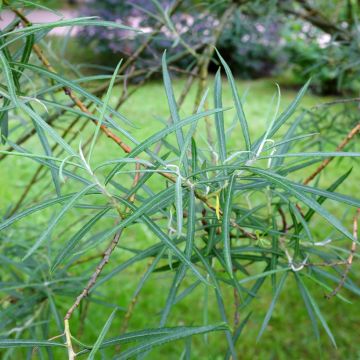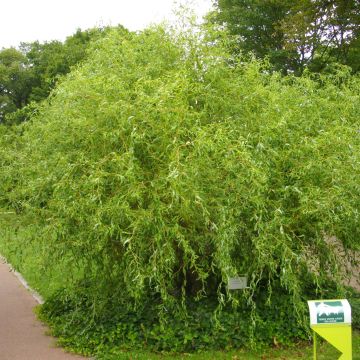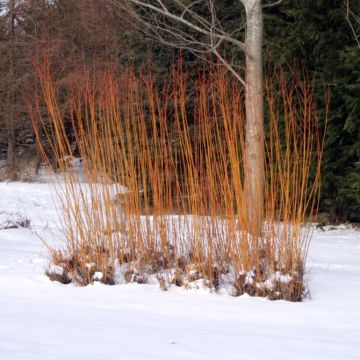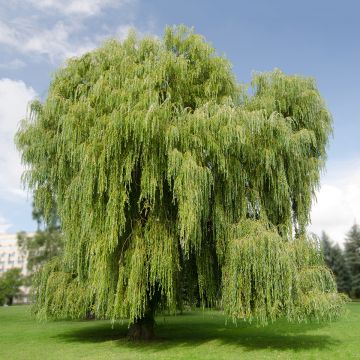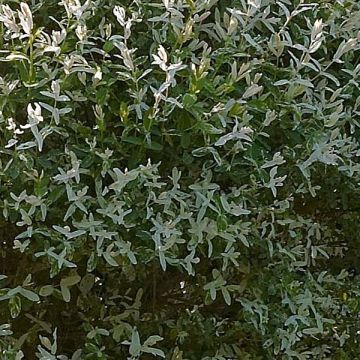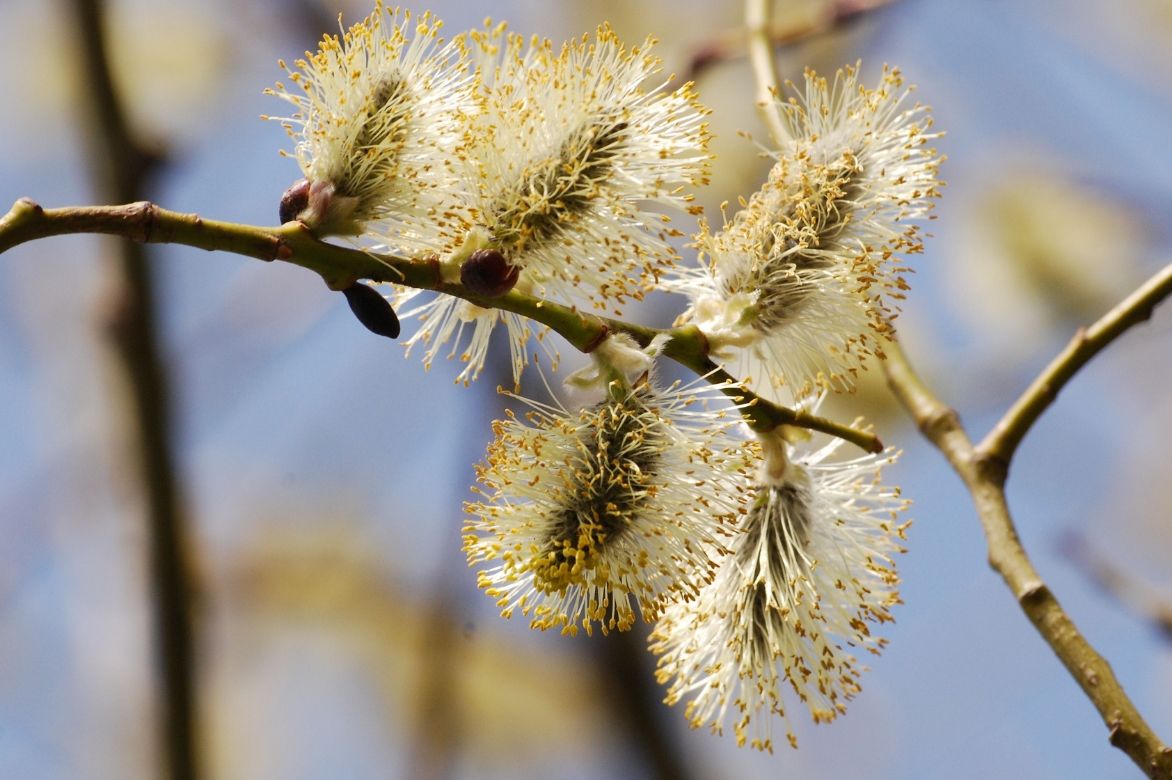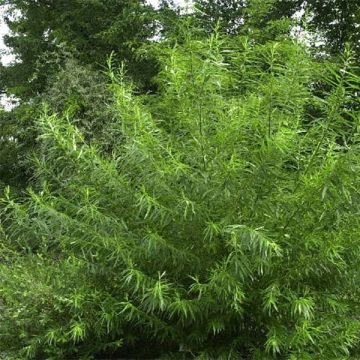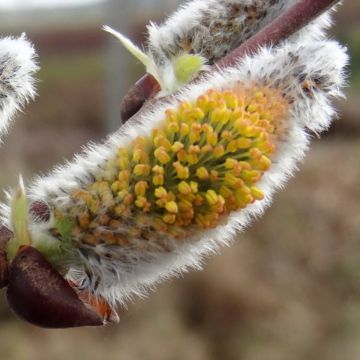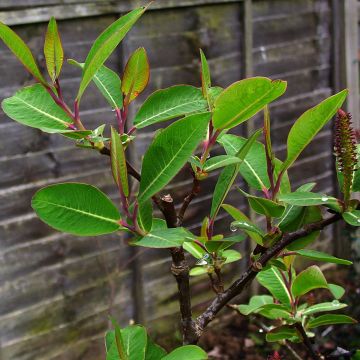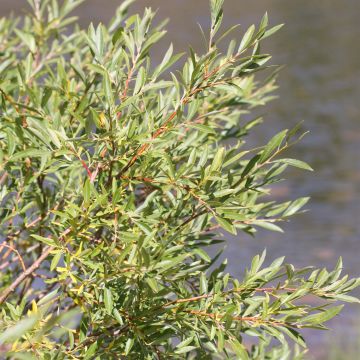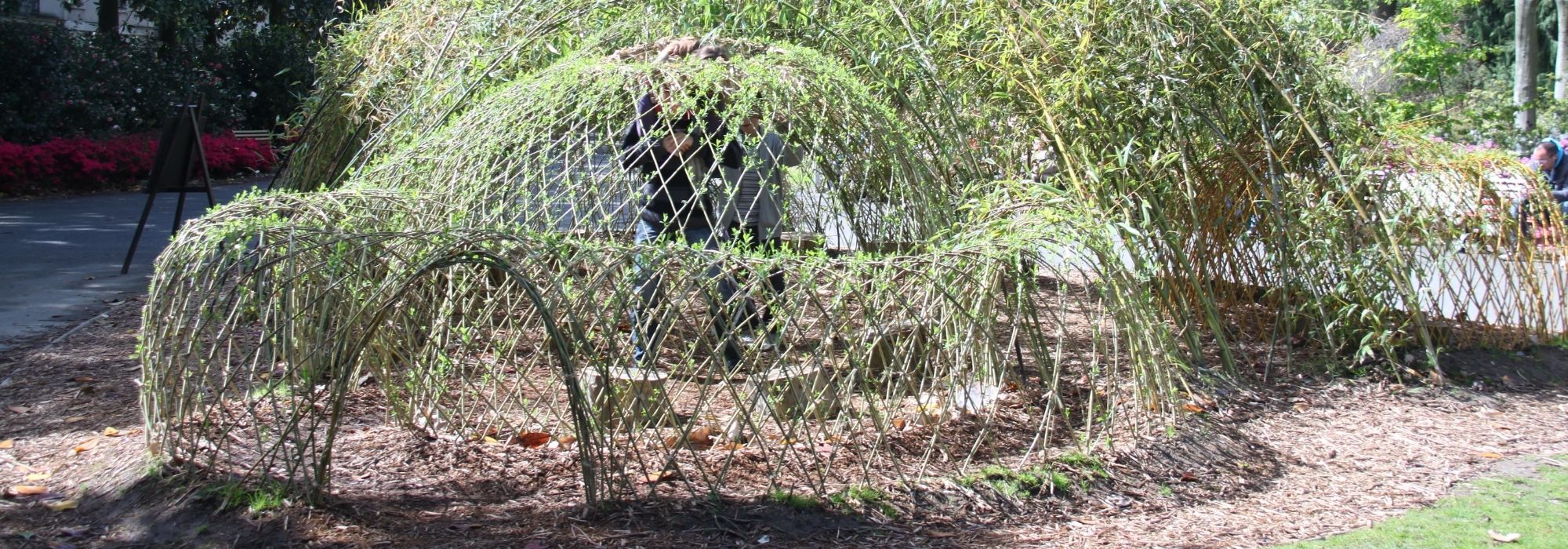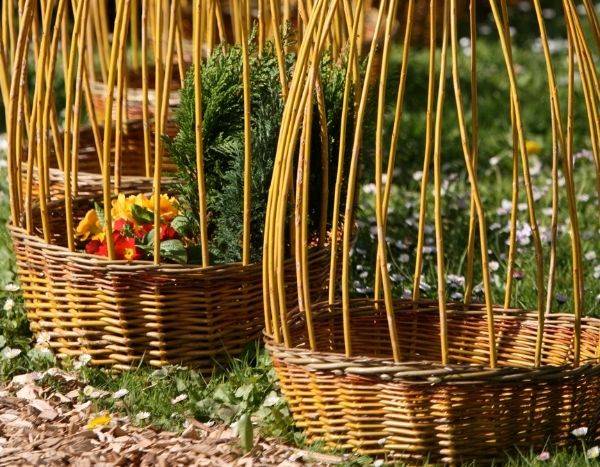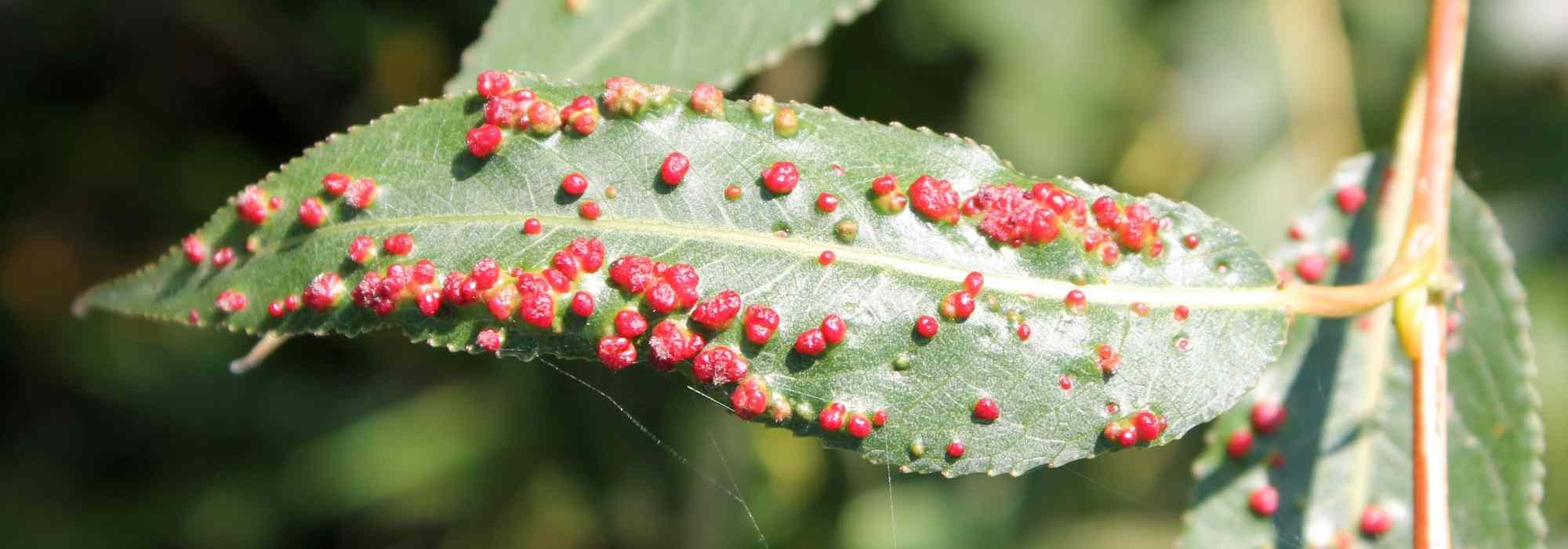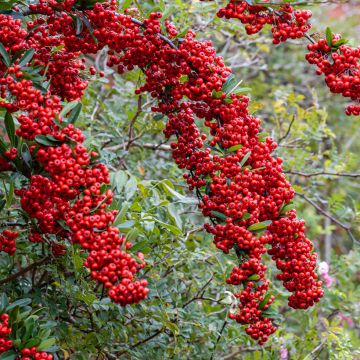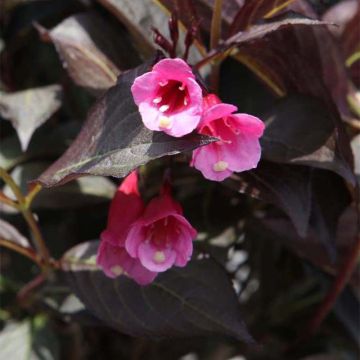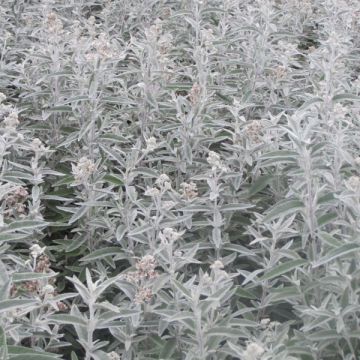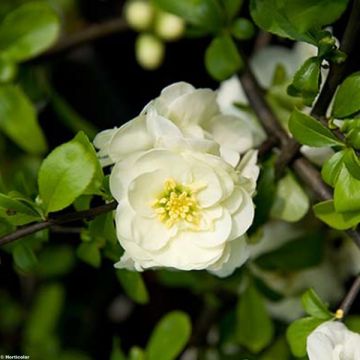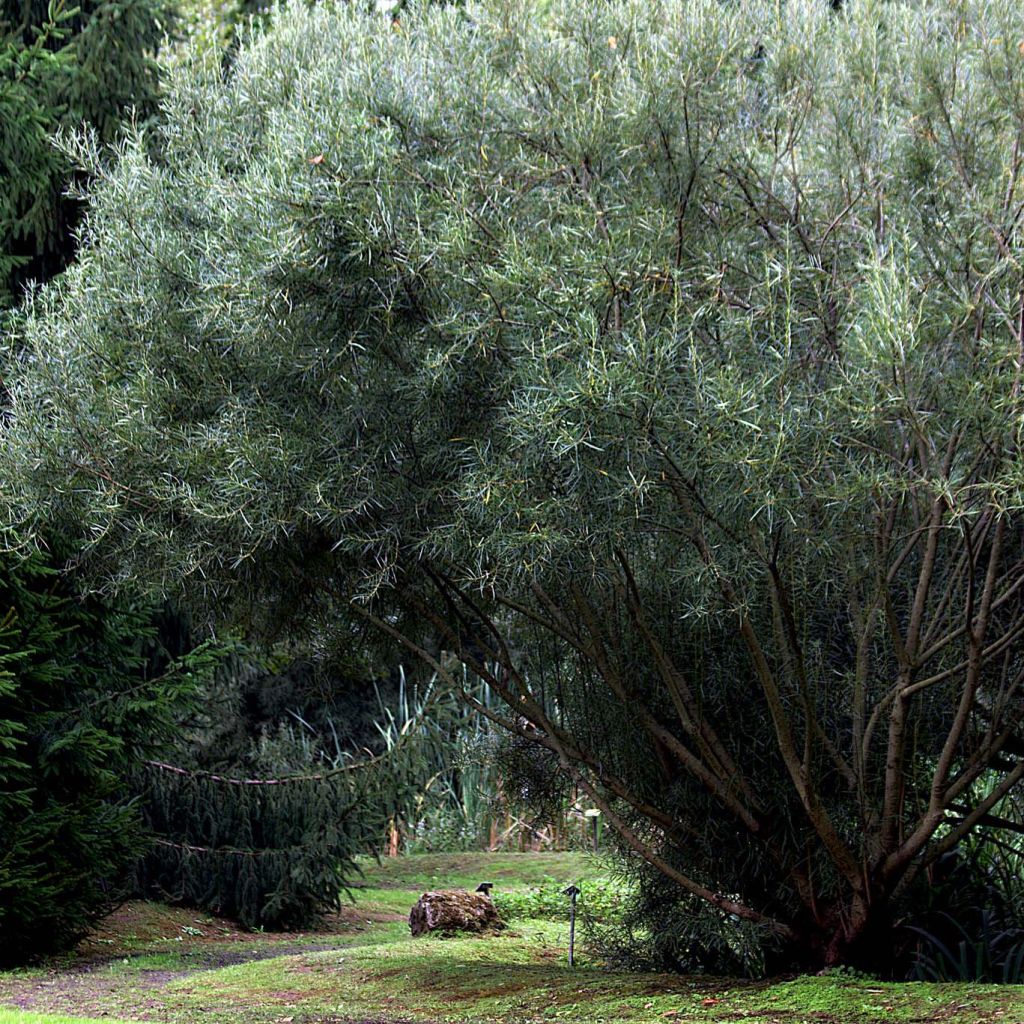

Salix rosmarinifolia - Narrow-leaved Rosemary Willow
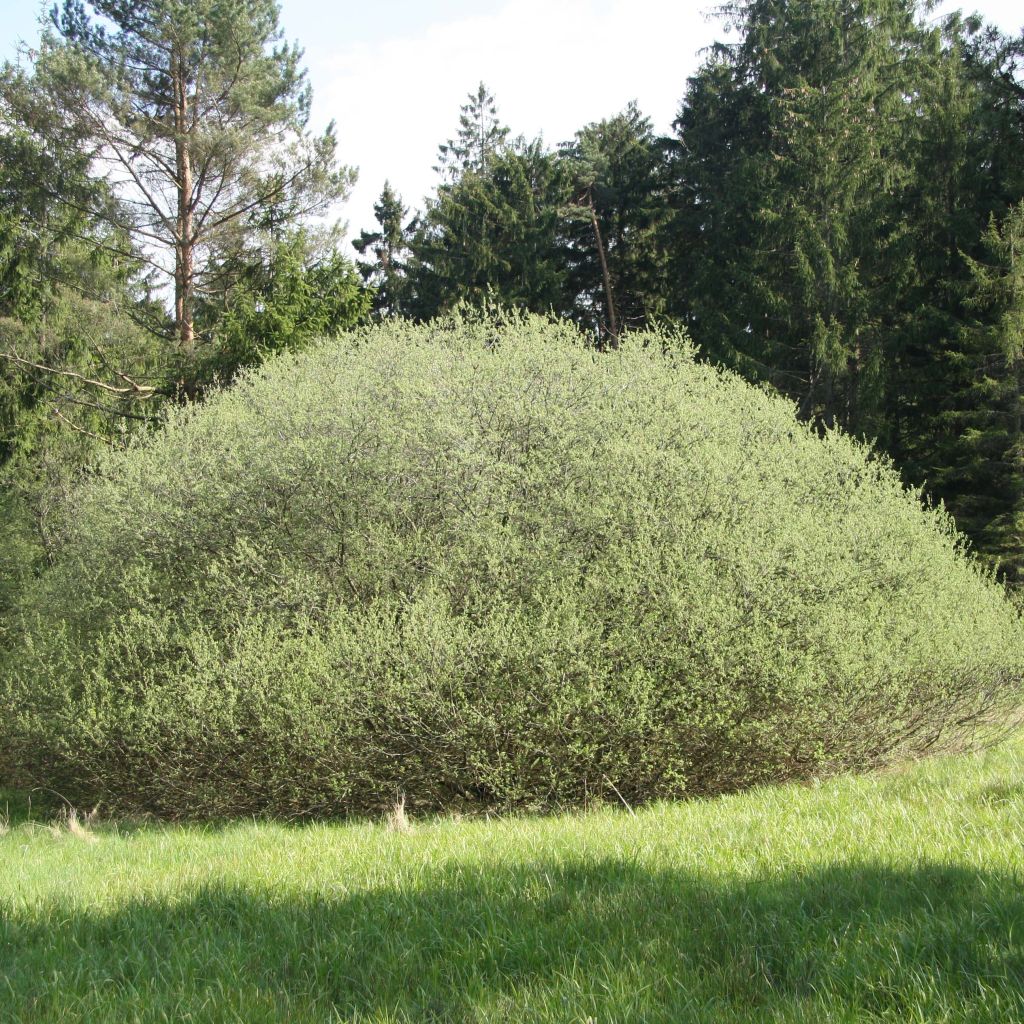

Salix rosmarinifolia - Narrow-leaved Rosemary Willow
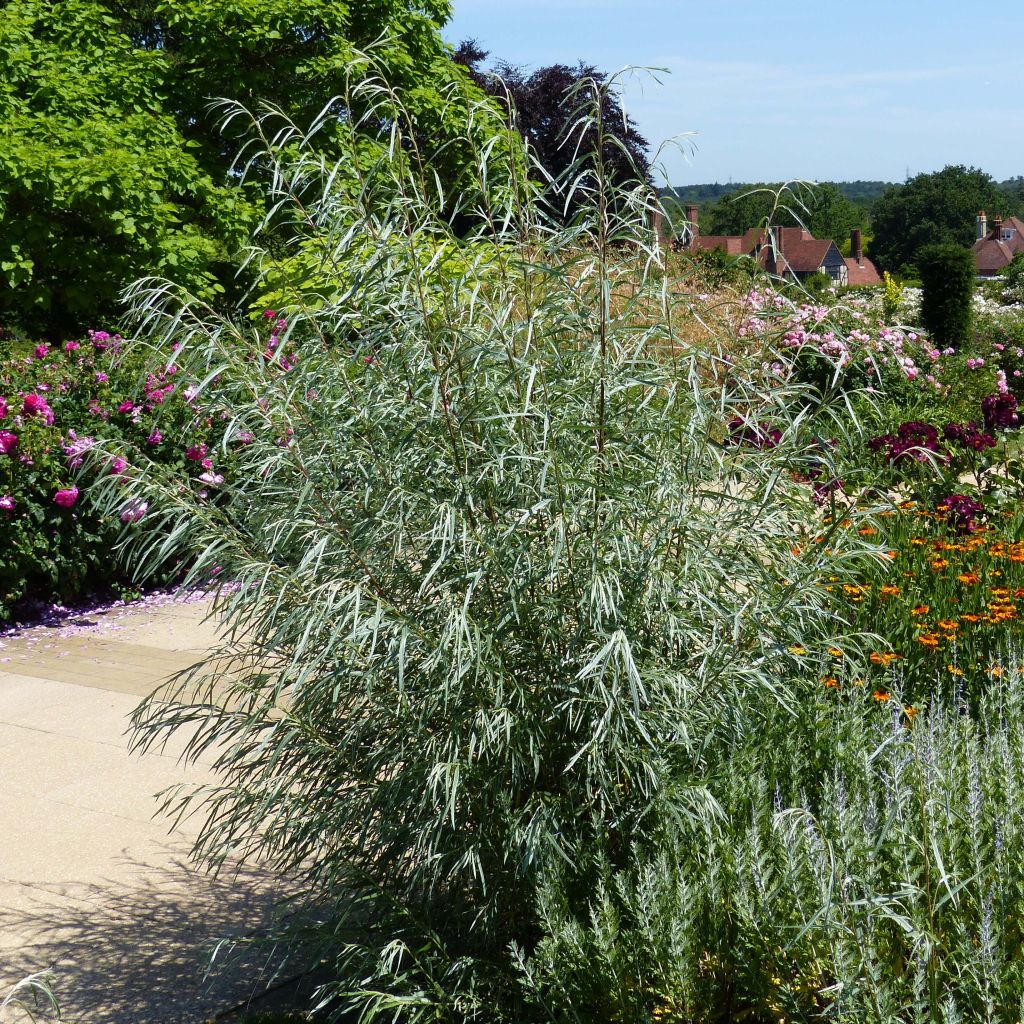

Salix rosmarinifolia - Narrow-leaved Rosemary Willow
Salix rosmarinifolia - Narrow-leaved Rosemary Willow
Salix rosmarinifolia
Narrow-leaved Rosemary Willow
dead
Eric T., 03/06/2023
Special offer!
Receive a €20 voucher for any order over €90 (excluding delivery costs, credit notes, and plastic-free options)!
1- Add your favorite plants to your cart.
2- Once you have reached €90, confirm your order (you can even choose the delivery date!).
3- As soon as your order is shipped, you will receive an email containing your voucher code, valid for 3 months (90 days).
Your voucher is unique and can only be used once, for any order with a minimum value of €20, excluding delivery costs.
Can be combined with other current offers, non-divisible and non-refundable.
Why not try an alternative variety in stock?
View all →This plant carries a 24 months recovery warranty
More information
We guarantee the quality of our plants for a full growing cycle, and will replace at our expense any plant that fails to recover under normal climatic and planting conditions.
Would this plant suit my garden?
Set up your Plantfit profile →
Description
Salix rosmarinifolia, the rosemary-leaved willow or rosemary willow, is one of the most beautiful bushes with grey foliage. Despite a well bushy and very dense habit, there is a great sense of lightness that emanates from this shrub. The wind plays delicately in its foliage, creating silvery highlights on the underside of its silky leaves, which are a bluish-grey colour on the top side and white on the underside. Its spring flowering appears in the form of small grey woolly catkins that turn yellow when ripe, before the leaves emerge. In winter, its fine branches are revealed, which gradually turn red. Tolerating a wide range of soils, fast-growing and perfectly hardy, this shrub is perfect for creating a low hedge, either trimmed or left to grow freely and naturally.
Salix rosmarinifolia, also known as Salix elaeagnos subsp. angustifolia, S. repens var. rosmarinifolia, S. anomala, S. minutiflora var. pubescens, S. sibirica or S. pubescens, belongs to the Salicaceae family. It is a deciduous botanical species native to central and southern Europe and Turkey. It is a pioneer species found in wet areas, preferring heavy clay-loam soils. The plant is quite polymorphic in nature, adapting its growth and habit to its living conditions. Rosemary willow is a slightly suckering shrub, which tends to spread laterally over time. It has a characteristic, globular, dense and bushy habit, supported by thin flexible branches. At maturity, this fast-growing willow will reach an average height and width of about 1.5 m (4.9 ft), sometimes up to 2.5 m (8.2 ft). The young branches are pubescent and reddish-brown in colour. They develop a beautiful red colouration, providing wonderful winter colour when the shrub is leafless. The deciduous foliage consists of linear, lanceolate leaves, measuring 5 cm to 10 cm (2 in to 4 in) in length, covered in shiny bristles. The leaves are bluish-grey-green on the upper side and very silvery-white on the underside. Flowering occurs from March to May, before the leaves appear, on separate male and female plants. The male catkins are grey when they first emerge, then turn yellow to reddish as the stamens mature. The female catkins are more discreet. The fruit is a capsule that opens to release seeds with long bristles. This flowering provides a source of pollen and nectar for bees.
This small willow, which forms a light, moving and silvery mass, finds its place on the edge of water features, but also on drier slopes as long as the soil is deep and retains some moisture. It can also be used in rock gardens or to create low, natural hedges that require minimal maintenance in a slightly wild area of the garden. Regular pruning after flowering is recommended to encourage the shrub to become bushier and produce numerous flowering branches. For example, it can be planted alongside dogwoods (Cornus sanguinea, C. sericea), miscanthus, gorse or reed mace at the edge of a large pond. In a hedge, its silver foliage will complement the purples of Berberis, Physocarpus 'Summer Wine' or Cotinus 'Royal Purple'.
There is such a diversity of forms, sizes and cultivation requirements among willows that it is impossible not to find a subject that will thrive in your garden. These shrubs and trees are generally easy to grow if their basic requirements are met. In the garden, a willow always brings a bucolic and natural touch, sometimes unique or romantic depending on the variety.
Salix rosmarinifolia - Narrow-leaved Rosemary Willow in pictures
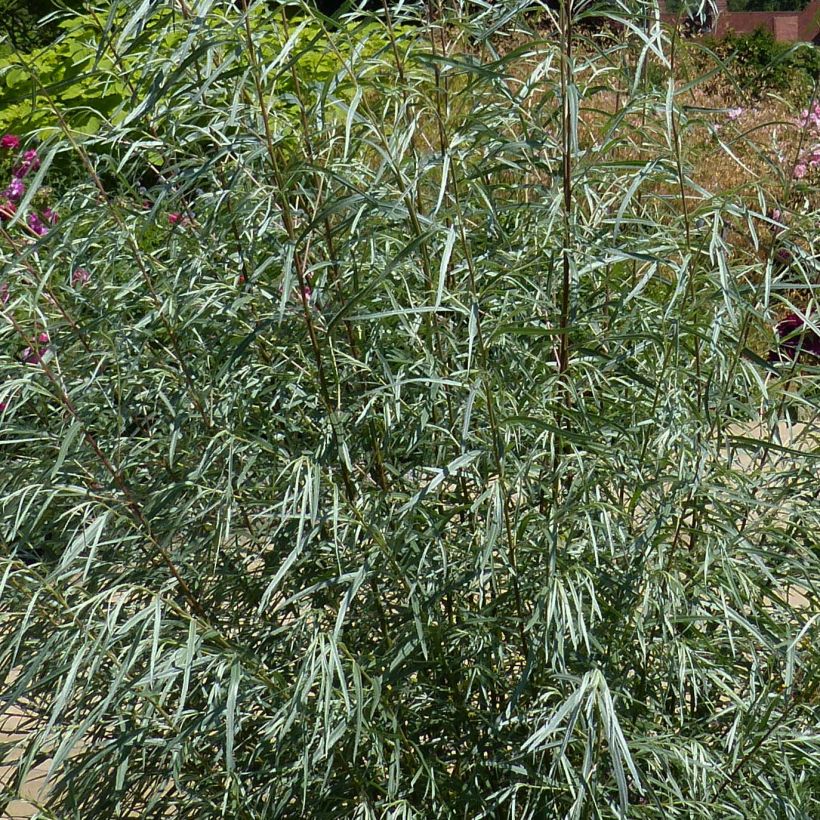

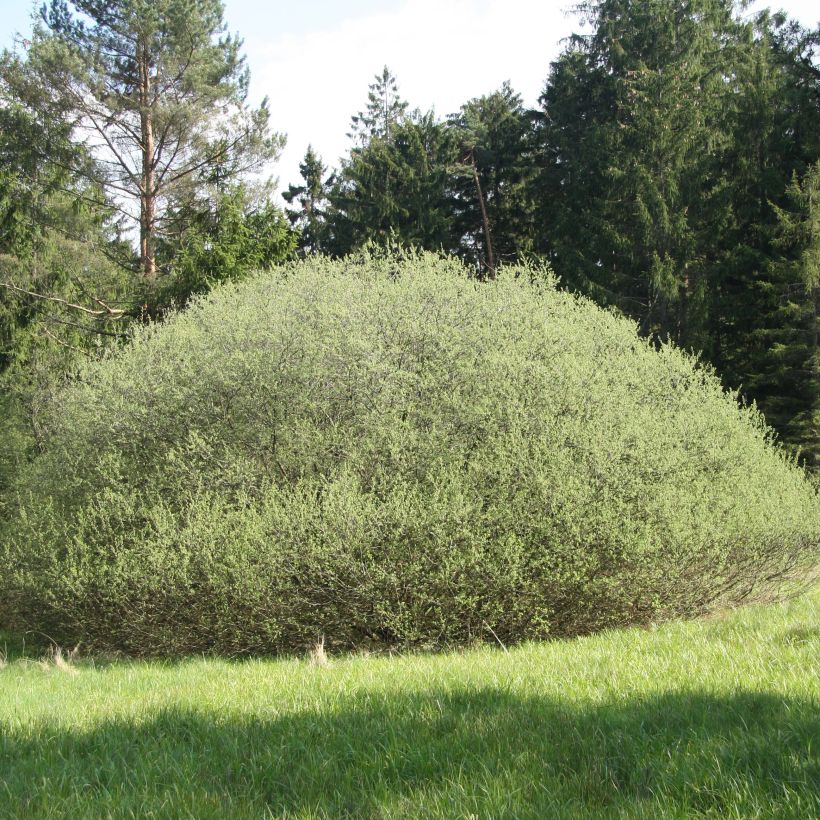

Plant habit
Flowering
Foliage
Botanical data
Salix
rosmarinifolia
Salicaceae
Narrow-leaved Rosemary Willow
Central Asia
Other Willow - Salix
View all →Planting and care
Plant in autumn in a very sunny or, at worst, semi-shaded location in a warm climate. It requires a fairly deep soil, preferably rich in clay, and tolerates the presence of limestone in the soil. It prefers moist to wet soils, even waterlogged. However, it can also adapt to poorer, drier soils in summer, as long as there is some depth of moisture. Ideally, when planting, use a mixture composed of half clayey garden soil mixed with leaf compost. It is perfectly resistant to cold and heavy frosts. Pruning is not essential, but this bush tolerates it well in March.
Diseases and pests of willows:
The leaves and branches are susceptible to various fungal diseases. Collect all the leaves in autumn and burn them. Many insects, such as aphids and caterpillars, devour the foliage. In cases of massive infestation, spray a natural pyrethrum-based product on the foliage in the evening. However, any chemical approach to treating pests should be taken with great care and only if absolutely necessary.
Planting period
Intended location
Care
Planting & care advice
-
, onOrder confirmed
Reply from on Promesse de fleurs
Similar products
Haven't found what you were looking for?
Hardiness is the lowest winter temperature a plant can endure without suffering serious damage or even dying. However, hardiness is affected by location (a sheltered area, such as a patio), protection (winter cover) and soil type (hardiness is improved by well-drained soil).

Photo Sharing Terms & Conditions
In order to encourage gardeners to interact and share their experiences, Promesse de fleurs offers various media enabling content to be uploaded onto its Site - in particular via the ‘Photo sharing’ module.
The User agrees to refrain from:
- Posting any content that is illegal, prejudicial, insulting, racist, inciteful to hatred, revisionist, contrary to public decency, that infringes on privacy or on the privacy rights of third parties, in particular the publicity rights of persons and goods, intellectual property rights, or the right to privacy.
- Submitting content on behalf of a third party;
- Impersonate the identity of a third party and/or publish any personal information about a third party;
In general, the User undertakes to refrain from any unethical behaviour.
All Content (in particular text, comments, files, images, photos, videos, creative works, etc.), which may be subject to property or intellectual property rights, image or other private rights, shall remain the property of the User, subject to the limited rights granted by the terms of the licence granted by Promesse de fleurs as stated below. Users are at liberty to publish or not to publish such Content on the Site, notably via the ‘Photo Sharing’ facility, and accept that this Content shall be made public and freely accessible, notably on the Internet.
Users further acknowledge, undertake to have ,and guarantee that they hold all necessary rights and permissions to publish such material on the Site, in particular with regard to the legislation in force pertaining to any privacy, property, intellectual property, image, or contractual rights, or rights of any other nature. By publishing such Content on the Site, Users acknowledge accepting full liability as publishers of the Content within the meaning of the law, and grant Promesse de fleurs, free of charge, an inclusive, worldwide licence for the said Content for the entire duration of its publication, including all reproduction, representation, up/downloading, displaying, performing, transmission, and storage rights.
Users also grant permission for their name to be linked to the Content and accept that this link may not always be made available.
By engaging in posting material, Users consent to their Content becoming automatically accessible on the Internet, in particular on other sites and/or blogs and/or web pages of the Promesse de fleurs site, including in particular social pages and the Promesse de fleurs catalogue.
Users may secure the removal of entrusted content free of charge by issuing a simple request via our contact form.
The flowering period indicated on our website applies to countries and regions located in USDA zone 8 (France, the United Kingdom, Ireland, the Netherlands, etc.)
It will vary according to where you live:
- In zones 9 to 10 (Italy, Spain, Greece, etc.), flowering will occur about 2 to 4 weeks earlier.
- In zones 6 to 7 (Germany, Poland, Slovenia, and lower mountainous regions), flowering will be delayed by 2 to 3 weeks.
- In zone 5 (Central Europe, Scandinavia), blooming will be delayed by 3 to 5 weeks.
In temperate climates, pruning of spring-flowering shrubs (forsythia, spireas, etc.) should be done just after flowering.
Pruning of summer-flowering shrubs (Indian Lilac, Perovskia, etc.) can be done in winter or spring.
In cold regions as well as with frost-sensitive plants, avoid pruning too early when severe frosts may still occur.
The planting period indicated on our website applies to countries and regions located in USDA zone 8 (France, United Kingdom, Ireland, Netherlands).
It will vary according to where you live:
- In Mediterranean zones (Marseille, Madrid, Milan, etc.), autumn and winter are the best planting periods.
- In continental zones (Strasbourg, Munich, Vienna, etc.), delay planting by 2 to 3 weeks in spring and bring it forward by 2 to 4 weeks in autumn.
- In mountainous regions (the Alps, Pyrenees, Carpathians, etc.), it is best to plant in late spring (May-June) or late summer (August-September).
The harvesting period indicated on our website applies to countries and regions in USDA zone 8 (France, England, Ireland, the Netherlands).
In colder areas (Scandinavia, Poland, Austria...) fruit and vegetable harvests are likely to be delayed by 3-4 weeks.
In warmer areas (Italy, Spain, Greece, etc.), harvesting will probably take place earlier, depending on weather conditions.
The sowing periods indicated on our website apply to countries and regions within USDA Zone 8 (France, UK, Ireland, Netherlands).
In colder areas (Scandinavia, Poland, Austria...), delay any outdoor sowing by 3-4 weeks, or sow under glass.
In warmer climes (Italy, Spain, Greece, etc.), bring outdoor sowing forward by a few weeks.
































